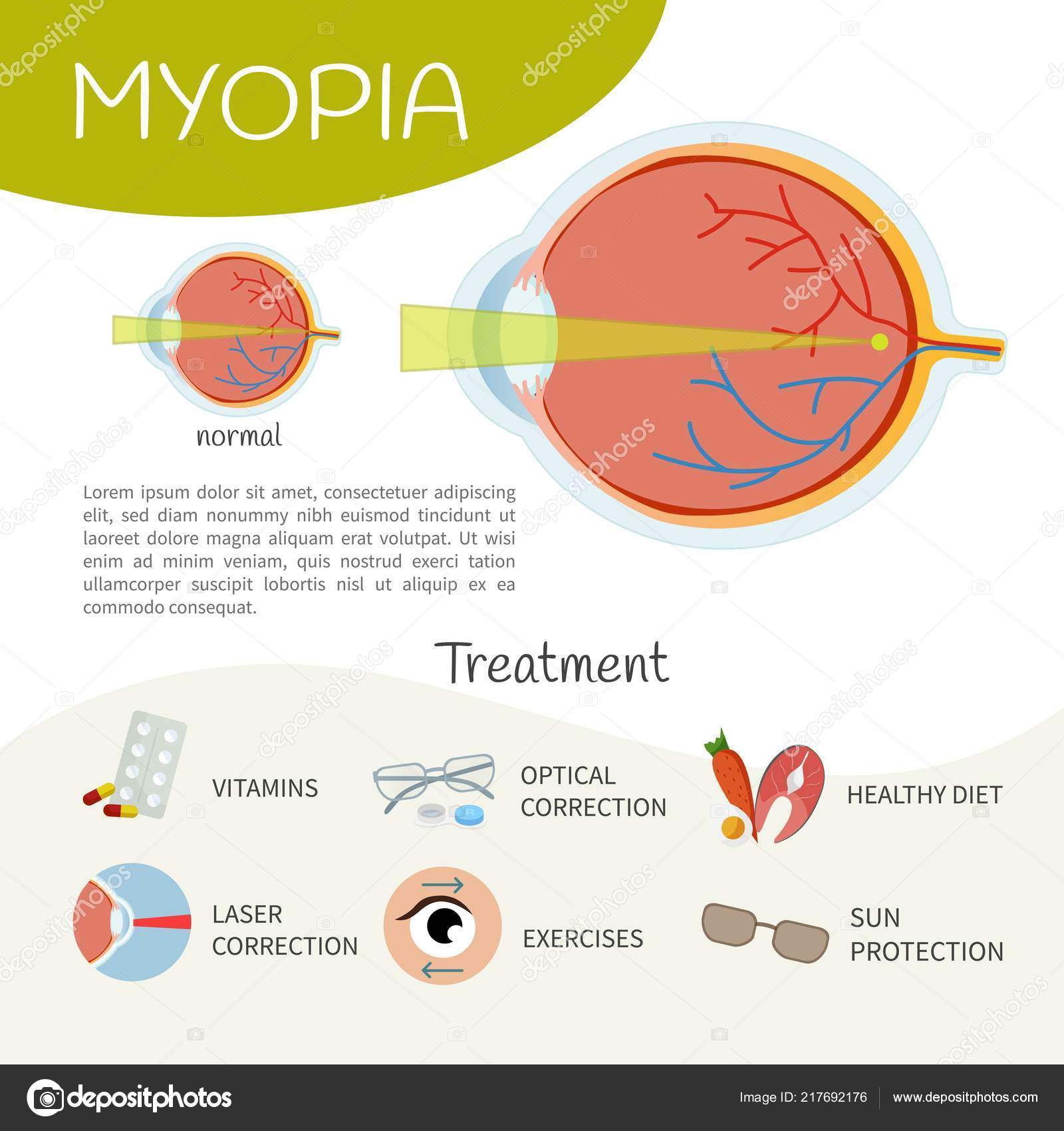Understanding Refractive Lens Exchange: Insights Your Eye Doctor May Not Share
Understanding Refractive Lens Exchange: Insights Your Eye Doctor May Not Share
Blog Article
Post Author-Blackwell Wichmann
Have you ever thought about Refractive Lens Exchange (RLE) as an alternative for vision adjustment? While it isn't as widely gone over as LASIK, RLE could be a game-changer for your sight. Many people overlook its benefits, assuming conventional approaches are their only selection. Yet what are the genuine advantages, and what might your eye doctor not be telling you about this procedure? Allow's check out the ins and outs of RLE together.
Comprehending Refractive Lens Exchange: The Fundamentals
Refractive lens exchange (RLE) is a surgical procedure that can significantly enhance your vision, particularly if you're handling presbyopia or extreme refractive errors.
Throughout RLE, your eye specialist removes your eye's all-natural lens and changes it with a man-made one tailored to your vision needs. This treatment can correct nearsightedness, farsightedness, and astigmatism, offering you clearer vision without counting on glasses or call lenses.
The surgical procedure is usually fast, taking less than an hour, and most individuals experience minimal discomfort. Recuperation is fairly quickly, permitting you to go back to your day-to-day activities quickly after.
If you're considering RLE, talking to your optometrist can aid you figure out if it's the appropriate choice for you.
Secret Distinctions In Between RLE and Conventional Cataract Surgical Procedure
While both refractive lens exchange (RLE) and typical cataract surgical procedure involve changing the eye's natural lens, their key goals and patient accounts vary significantly.
RLE is focused on people seeking to lower their dependancy on glasses or contact lenses because of refractive mistakes, typically prior to cataracts develop. On the other hand, standard cataract surgery commonly targets individuals who've developed cataracts, which cloud the lens and hinder vision.
The lenses used in RLE can offer a more comprehensive range of vision adjustment, while common cataract surgical procedure usually includes fundamental monofocal lenses.
Furthermore, RLE prospects are frequently more youthful and in good general health, whereas cataract people might be older and have other health and wellness worries.
Picking the right procedure depends on your specific vision demands and situations.
Possible Benefits and Considerations of RLE
If you're taking into consideration refractive lens exchange (RLE), you'll find numerous possible advantages that may improve your quality of life.
RLE can supply you with clearer vision, decreasing or removing the need for glasses or get in touch with lenses. It provides an opportunity to resolve presbyopia and various other refractive errors at the same time, typically boosting your total visual acuity.
In addition, RLE can be a terrific option if you're not a suitable prospect for LASIK. However, it is essential to consider the factors to consider, like the expense, potential risks, and the healing period.
Reviewing Phakic Intraocular Lens with your eye doctor can aid you make an educated choice, ensuring you pick the very best path for your vision modification.
Final thought
In conclusion, refractive lens exchange provides a special service for vision modification that exceeds what LASIK can give. It's vital to weigh the advantages against possible risks and expenses prior to making a decision. Do not think twice to ask your eye doctor the hard questions to ensure you totally understand the treatment and its effects for your vision. With the ideal details, you can confidently pick the best choice for your eyes and way of life.
